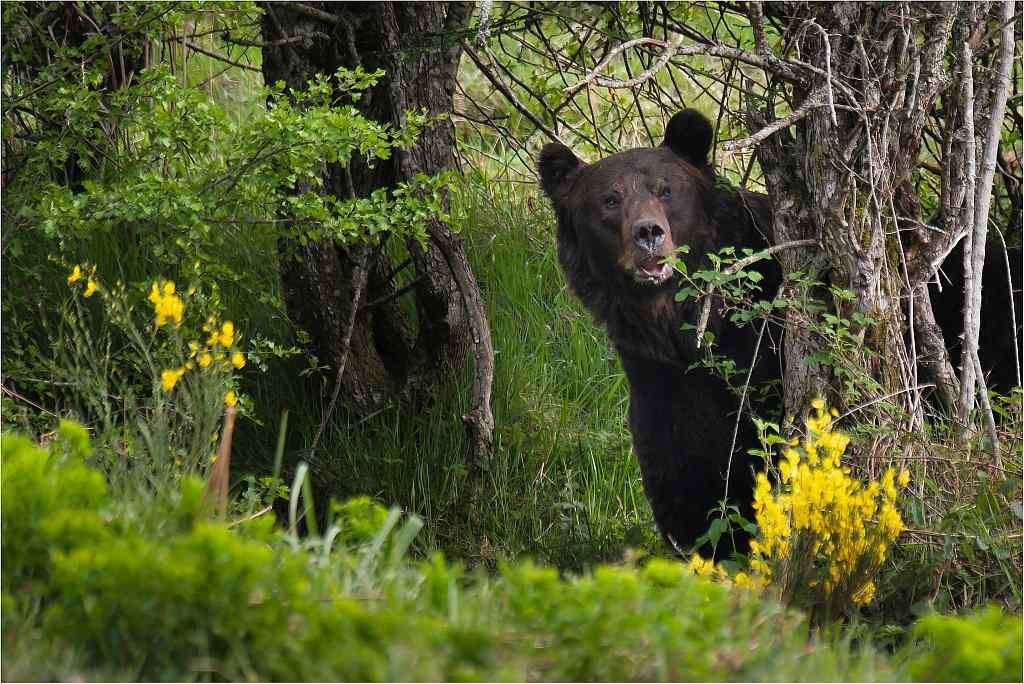In the lush wilderness of the Cantabrian Mountains, an ongoing debate is stirring within the conservation community regarding the most accurate methodology for assessing the population of Cantabrian bears, an iconic and endangered species native to northern Spain.
For decades, the traditional method of estimating the bear population relied on an annual census of bears with cubs. However, recent shifts in policy by several regional governments are advocating for an exclusive reliance on genetic analysis for this purpose.
I’ve been living in this lovely area of Western Andalucia for the last 20 years or so and dedicate most of my time to the running of English language tourist information websites for the towns of Cádiz, Ronda, Grazalema, the famous or infamous Caminito del Rey, and also Wildside Holidays, which promotes sustainable and eco-friendly businesses running wildlife and walking holidays in Spain. My articles contain affiliate links that will help you reserve a hotel, bus, train or activity in the area. You don’t pay more, but by using them you do support this website. Thankyou!



